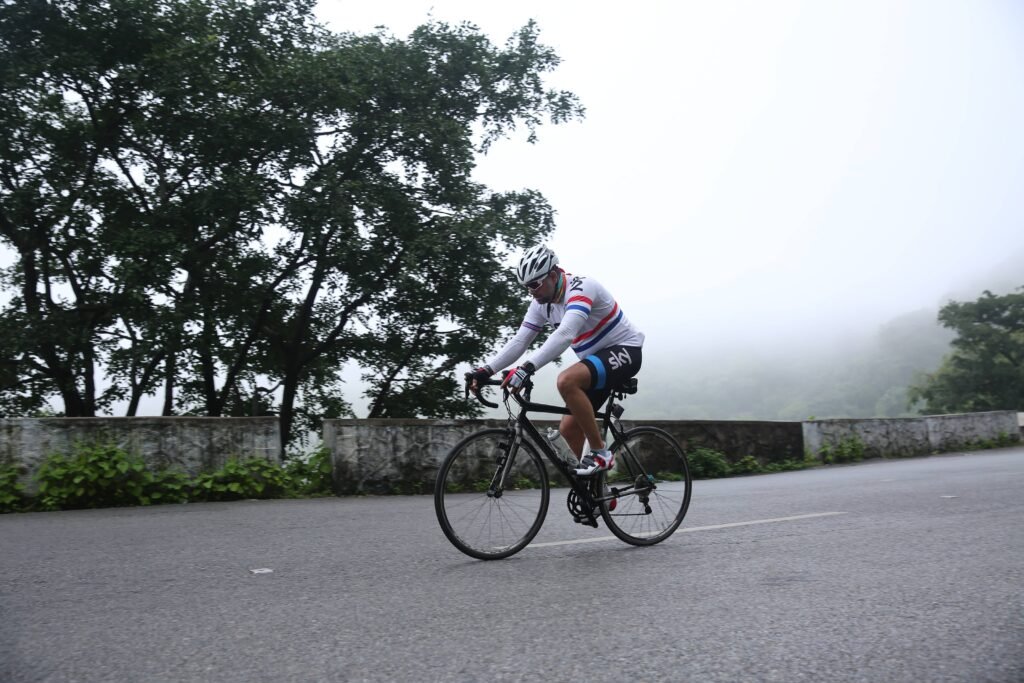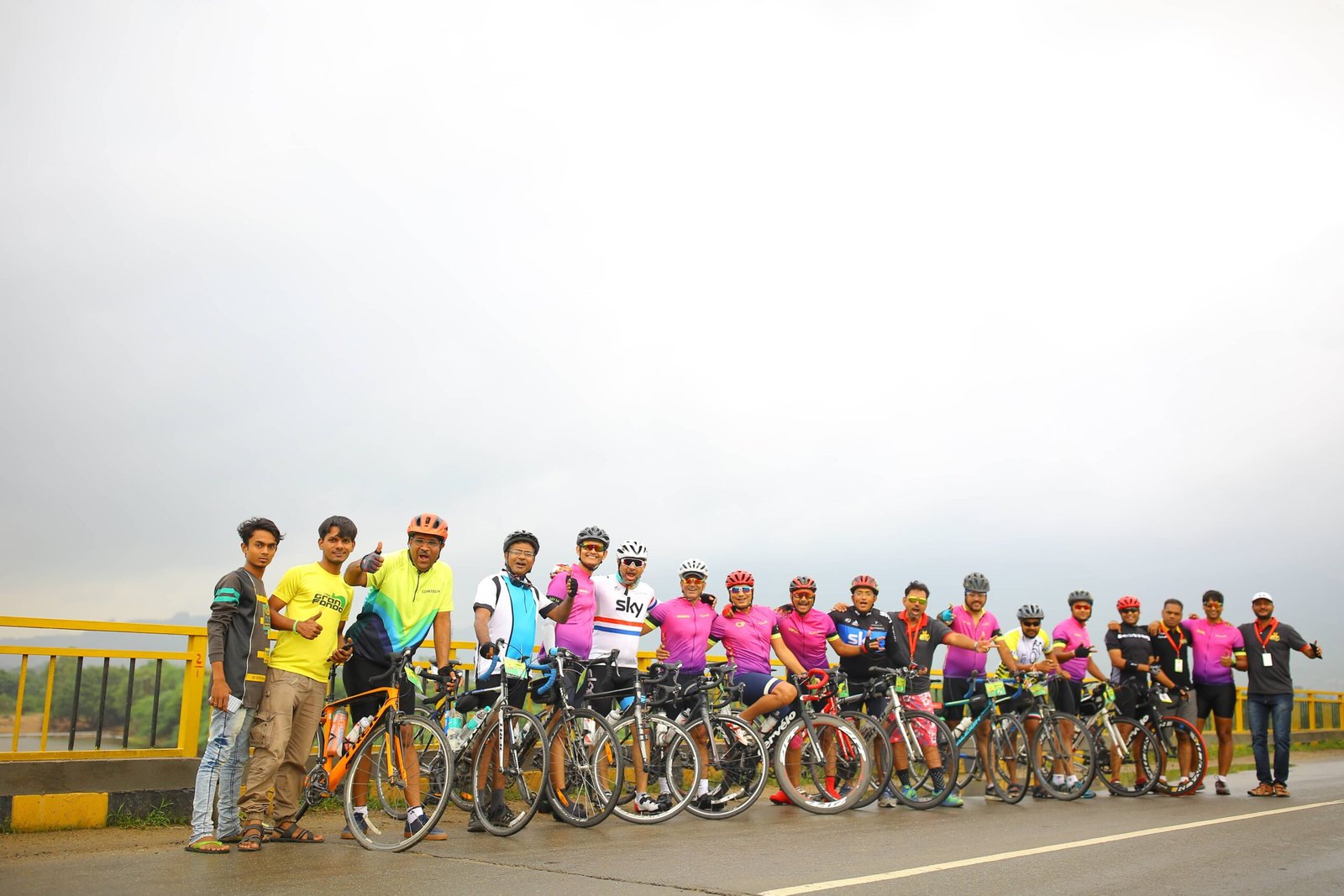On 31 January 2010, a group of about 60 cyclists, including 5 riders from Pune, gathered in the pre-dawn hours, at a traffic island near Worli Seaface, Mumbai. We had signed up to ride 200 kms within 13.5 hrs. This was the first Brevet (BRM) ever to be conducted in India and most of the riders had never before attempted riding such a distance within a day! By the end of the day, India had its first group of successful randonneurs, and India had arrived on the global randonneuring scene.
In August 2010, Divya Tate of Pune Randonneurs took the lead in organizing Brevets, starting with India’s first overnight Brevets, a 400-km BRM in August, followed by a 600-km BRM in September 2010. Though the first Brevet was organised in Mumbai by the then-representative Satish Patki under the club name of Randonneurs India, he neglected to organize any rides during the PBP qualification year 2010-11. Pune Randonneurs in its second year of organising BRMs provided both Pune and Mumbai randonneurs with a full series of brevets to qualify for PBP2011. R Venkatachalam of Bangalore Brevets started organised BRMs in Bangalore in January 2011, drawing a large participation right from the start and offering a 1000-km BRM for the first time in India.
That was the year of PBP 2011 and after qualifying as super-randonneurs, 15 people represented India at the Paris-Brest-Paris Randonneur in France for the first time. (Read more about India’s participation in the PBP ) After PBP 2011, and before that calendar year was over, Delhi joined in, with BRMs organised by Chiro Mitra and Manas Arvind . The following year 2011-12, Sunil Menon of Hyderabad (Hyderabad Cycling Club) and Partha Datta of Chennai (Madras Randonneurs) also started organising brevets; while in Bangalore, BRMs were being organised by Sreepathi Pai of IISc Randonneurs. Anil Uchil of Mumbai Randonneurs took on the organising of brevets in Mumbai. With six cities now conducting brevets, it was time to scale up the Organisation of Randonneuring in India. Audax India Randonneurs (AIR) was formed in October 2011, when Satish Patki of Randonneurs India resigned as the representative to ACP in the face on united opposition from Organisers and Riders across the country. Link to Details of COMPLAINTS against him.
Goa Randonneurs started off in March 2012 with Ajay Dongre and Terence Moniz started organising brevets in Goal; and this calendar year, Pradeep Menon of Cochin has got approval for two BRMs in 2013. Eight cities in three years is a phenomenal growth, providing randonneurs across the country with a wide choice of climates, terrain and routes to choose from. This year, for the first time in India, two 1200-km BRMs have been planned. One will be conducted by Anil Uchil of Mumbai Randonneurs and the other by Chidambaram S. of Bangalore Bikers Club. Another first this year is a Fleche in February 2013 planned by Arvind Ganesh of Bangalore Bikers Club.
The first Brevet de Randonneur Mondiaux was conducted in India in January 2010. In the year-and-a-half that followed, BRMs were conducted in 3 cities. Of these, 15 Super-randonneurs, 5 each from Mumbai, Pune and Bangalore, registered to ride in Paris-Brest-Paris Randonneur 2011. This was the first time that India was participating, and only one woman had qualified and registered.
Many riders almost lost their chance to come for PBP 2011 as the French Consulate in Mumbai refused visas to five riders. However, thanks to an official invitation letter from ACP and a personal guarantee by the Pune Organiser, the Consulate finally did grant visas. All 15 participants from India started the PBP 2011, although one rider was granted his visa only two days before PBP and managed to reach Paris just the day prior to his ride.
Two riders (Samim Rizvi and Kailas Patil) completed the route successfully within their respective times. Another rider (Shreyas Kumar M.) completed the route outside of 90 hours; a claim is being investigated by the homologation team, and his final ride result is still awaited at the time of writing this report






